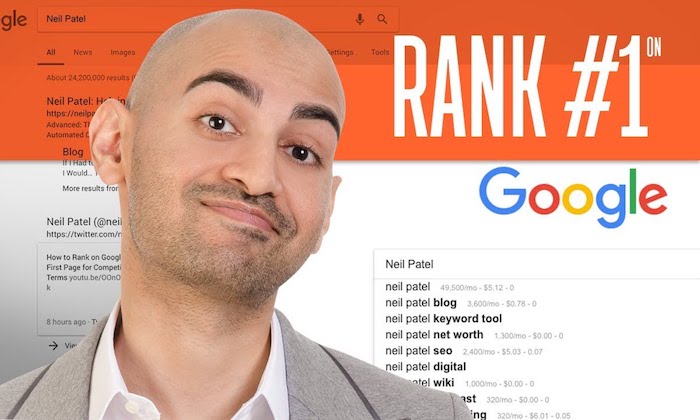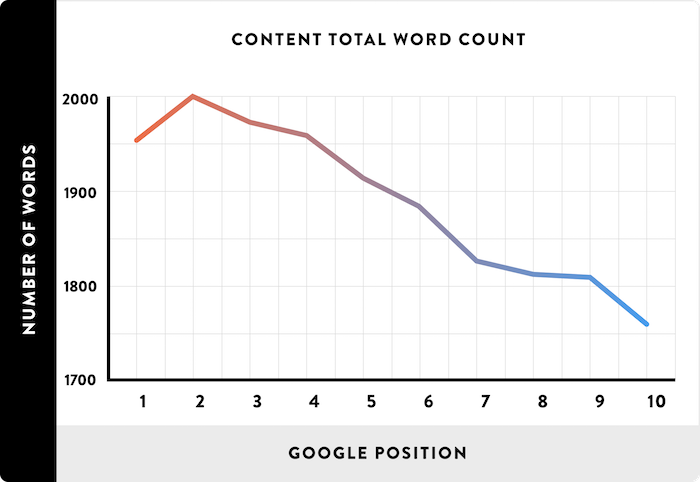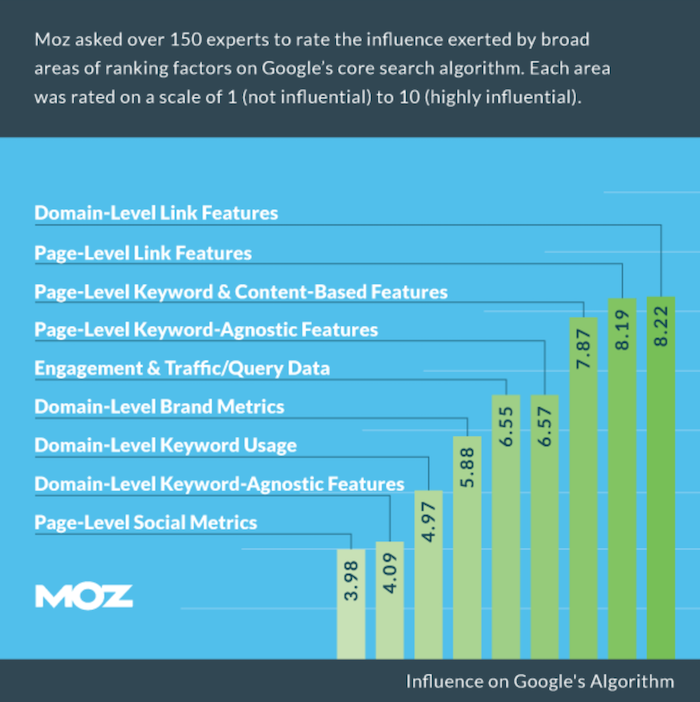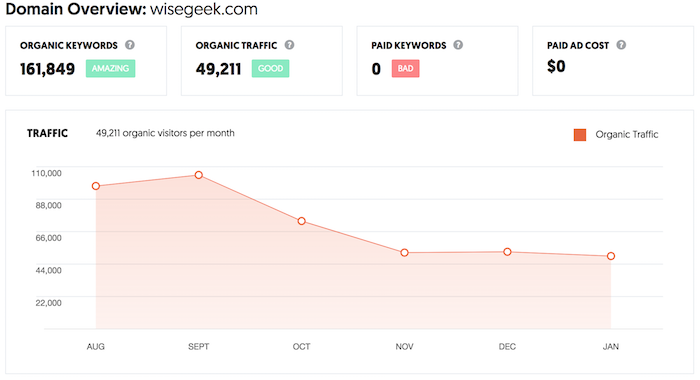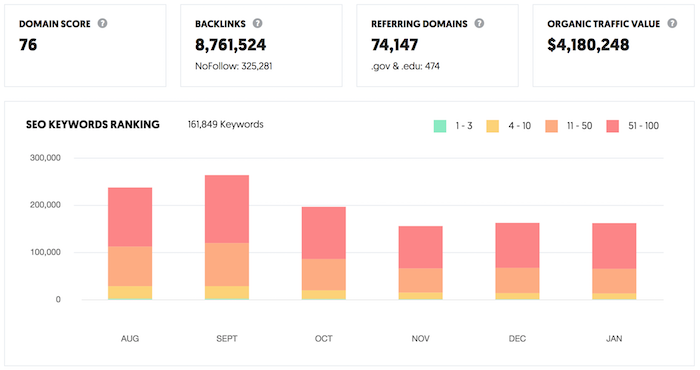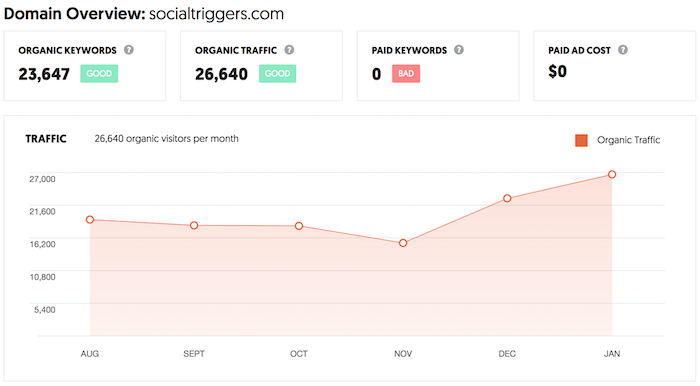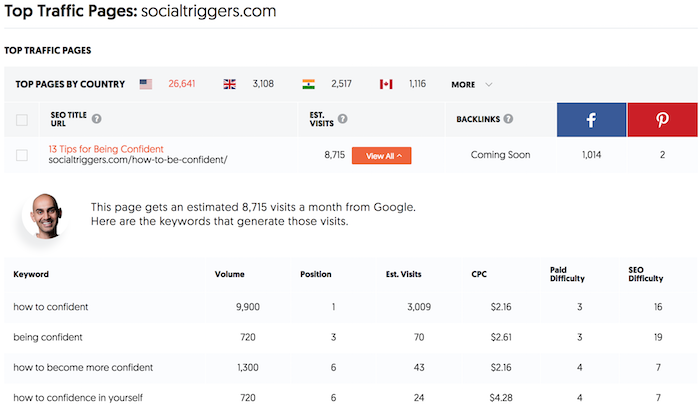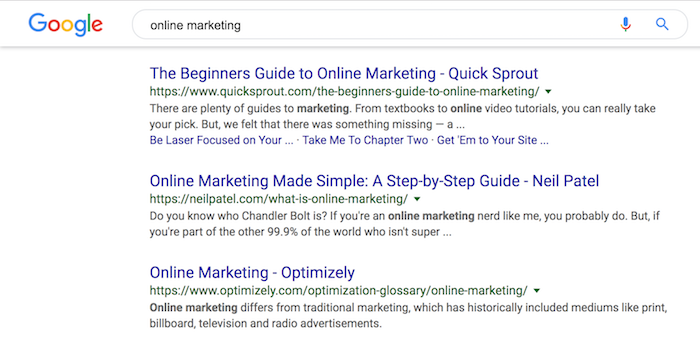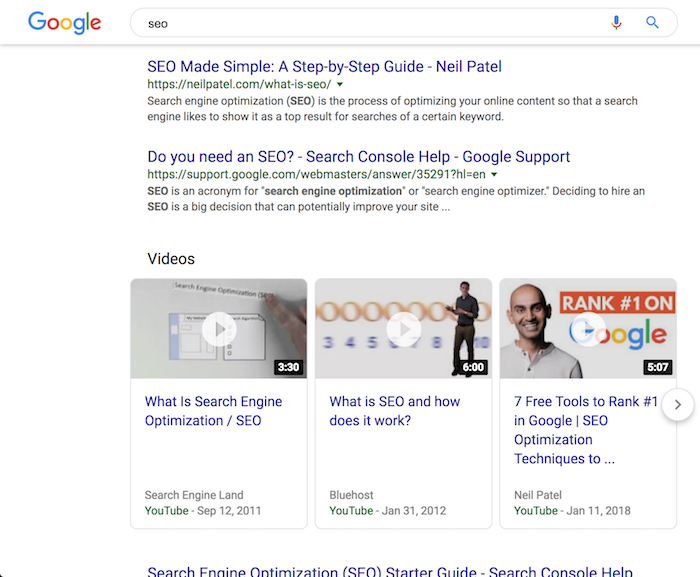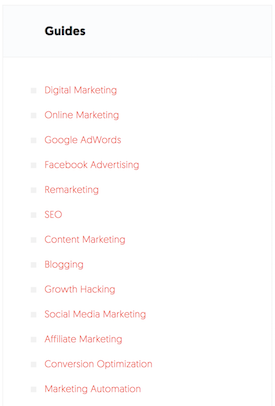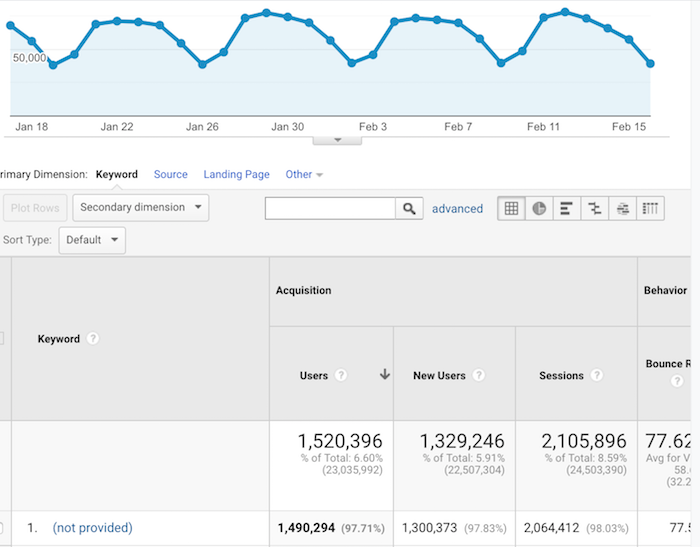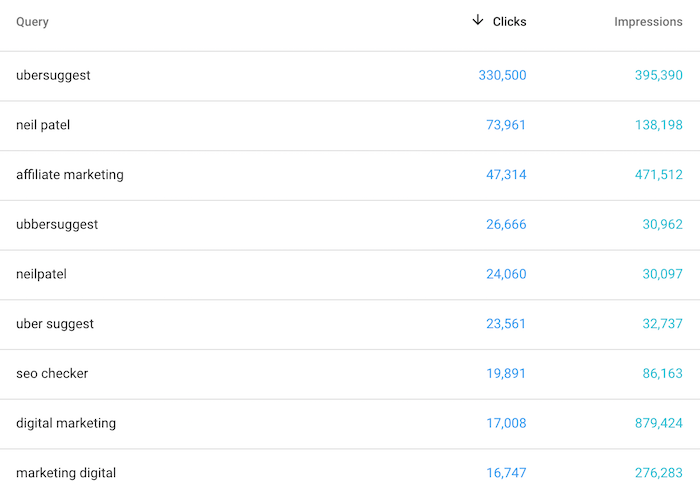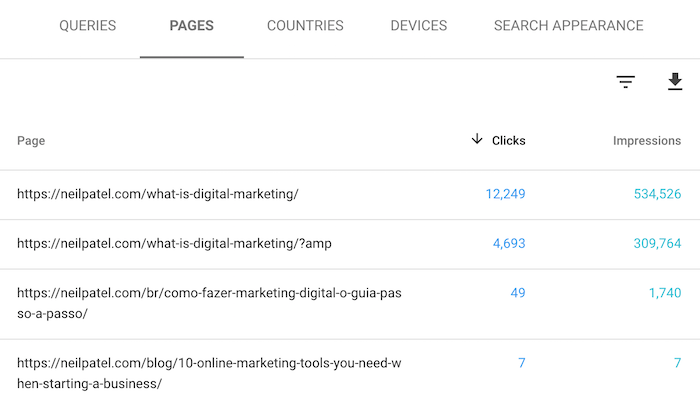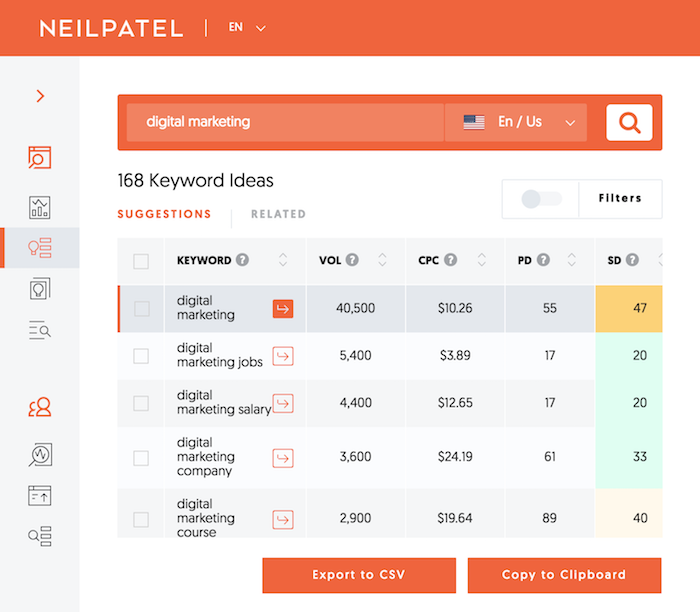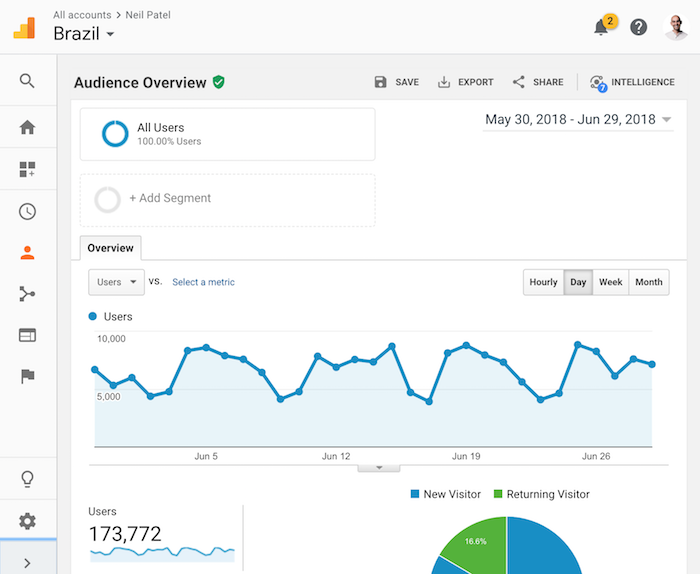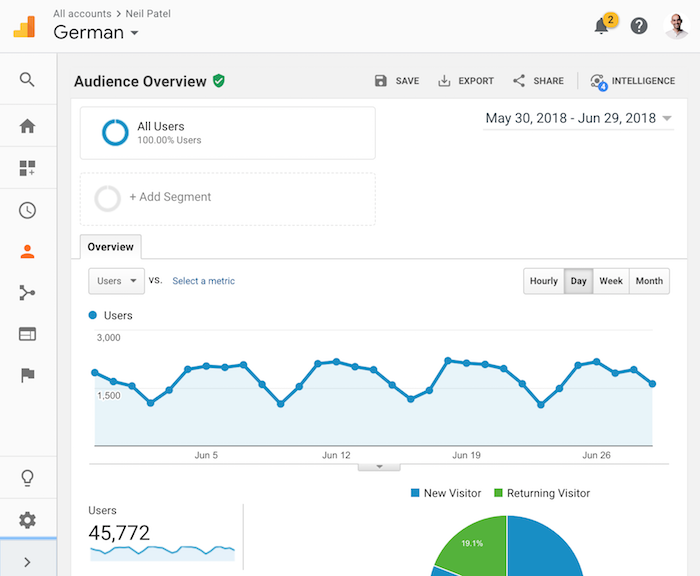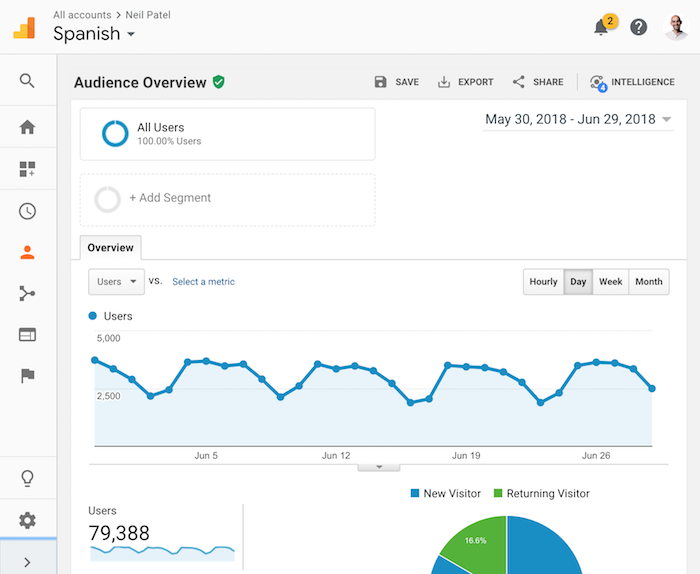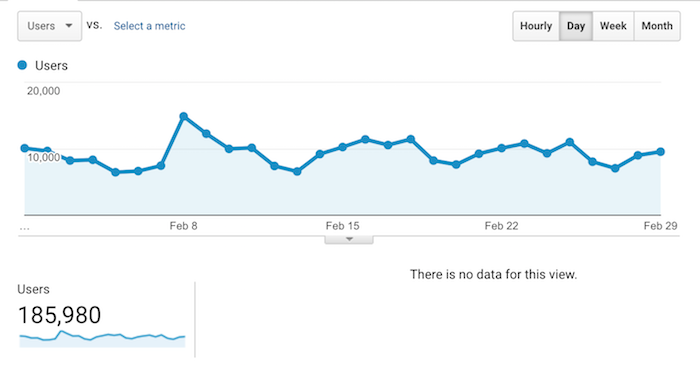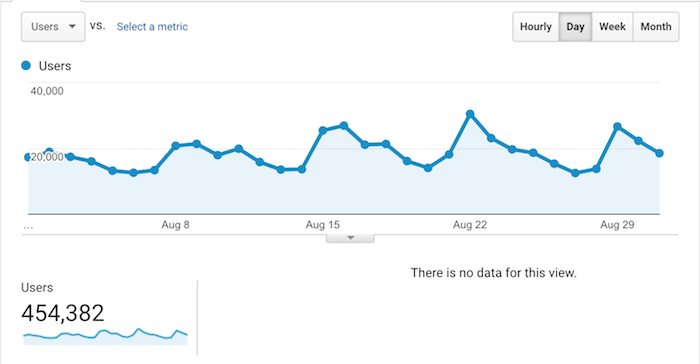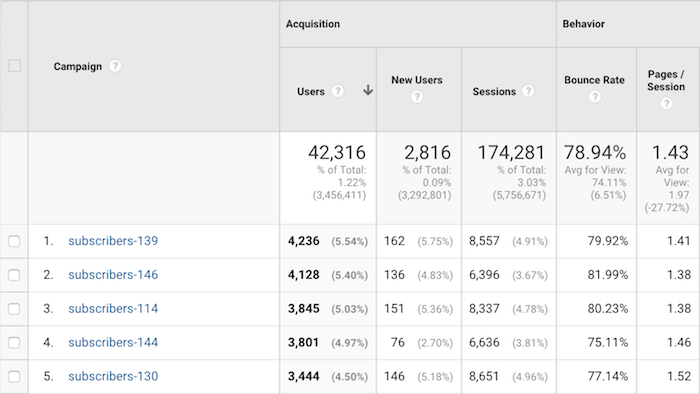Social media marketing planning is key to successful content marketing. It makes your team more productive and allows you to catch all the seasonal trends and trending hashtags. Furthermore, it streamlines content planning and helps you focus more on community building aspects and other long-term goals of social media marketing.
One of the best ways to plan your social media marketing campaigns, is to create a year-long content roundup including all big holidays, related awareness weeks and trends and other seasonal trends.
Why Planning Early Is Crucial
Holidays and seasonal trends are an opportunity for savvy marketers to take advantage of a mass feeling of goodwill, positivity and cheerfulness, and make it work for them. Why else would the biggest brands in the world spend the biggest bulk of their annual budgets making holiday-specific advertisements, or running massive campaigns on social media pages? It doesn’t just work for giant corporations that are doing direct sales. It works for everyone.
Best of all, holiday posts have the three most important elements of popular social posts: they capitalize on an emotional response, they are time-specific and so generate a lot of shares and engagement, and they are ridiculously easy to produce.
The sooner you get the prepared, the better off you are going to be. So here are some tips on how to start planning your social posts today.
How to Create a Social Media Content Calendar
So how to create your social media calendar?
- Make a list of holidays, awareness days and seasonal trends you want to catch
- Come up with the list of hashtags, questions, visual marketing ideas and time-sensitive lead magnets
- Put together everything using a calendar
ContentCal is a great way to create an actionable social media content calendar your whole team can collaborate on. Start with its “Campaigns” feature: Put your holidays and ideas there, specify start and end dates and create a detailed campaign brief including all the keywords and hashtags you have identified.
Once a campaign is created, it will show up as a ribbon on your social media content calendar view:

Clicking the ribbon will take you (and your team) to your campaign brief where you can see (and add) related hashtags and angles around the trend.
From there your whole team can add social media updates to your shared “Pinboard” for you (or your moderators) to review and put on the specified days.

This is a great way to involve your whole team into social media content planning for more and better results
A Note of Planning
Not all seasonal trends are obvious. I suggest running your core topics and keyword through Google Trends to get a better idea on how to time your social media content better:

Stand Out
No one is saying that you have to produce a John Lewis Christmas ad for your social media pages. That would be an insane amount of effort, and holiday posts should be simple and fairly easy to produce and share. But that doesn’t mean you can’t look at what others have done, and follow suit.
REI Coop had a brilliant holiday campaign that tried to get their followers away from stores and into nature. Their Twitter used the hashtag #OptOutside, encouraging people to comment with pictures or stories about what they were doing with loved ones in the great outdoors, instead of spending hours of their life in malls buying expensive gifts. It was a roaring success, and it produced opportunities for user made content, email newsletters, and a lot of shareable moments. Without adequate planning they never would have been able to make such an impact.

Run a Contest
Contests are always huge draws for your audience, and the holidays are the perfect time to host them. With a couple weeks of promotion and planning you can automate the majority of the contest, and just manage it in the weeks leading up to each holiday of your choice. People are already in a festive mood, and more likely to take part.
Don’t just do a drawing or giveaway. Make it something create, fun challenging, and otherwise interesting. This is also a great idea because it works and is easily adaptable for any platform that you happen to be active on. So you can customize it to most appeal to your audience.
Proceed here for some useful resources: How to Host a Successful Social Media Contest: Your Ultimate List of Tools & Resources
Get Visual
Holidays are ripe for visual content. Creating a simple, but beautiful graphic is easy, since so much imagery is already in popular culture for you to draw on. You don’t have to struggle to find things to connect with your audience; a snowman, sparkling lights, snowy mountains… they are all non-culturally specific visuals that you can use, which still immediately cause your viewers to relate. That is one of the best things about holiday posts.
Canva always offers lots of timely holiday themes for holidays

If you have the expertise or access, also consider holiday specific videos. These are passed around like hotcakes, and are a great addition to your campaign. It doesn’t have to be anything too fancy.
Wave is any easy way to put together festive videos and they have a few awesome holiday themes too. And they also have a handy calendar listing big and small holidays for you to prepare for:

Get People Spending Money With Special Coupons
Why does your social media profile exist? Branding and promotion, engagement and interaction, but mostly to improve profits in the end. Everything you do is with that end goal in mind. If you sell direct products you can vastly boost your sales over the coming months by offering coupons good only during specific time blocks until the end of the holidays.
Now, when I say specific time blocks, I don’t mean coupon codes that are good for the entire month. I am talking time sensitive super deals that last hours, maybe a day, and where you can only find them through links on social media. Amazon has a version of this, where they have deals which are good for a day that they advertise on a single page, and then post about.
Do you have any tips for creating a social media content calendar well before the holiday comes about? Let us know in the comments below!
The post Social Media Content Calendar: Your Key to Successful Social Media Marketing Strategy appeared first on Internet Marketing Ninjas Blog.
from Internet Marketing Ninjas Blog https://ift.tt/2VnIyqo
via IFTTT



